



Raise awareness and improve the knowledge of the legal standards that protect and promote children’s rights in Europe are the aims of this reference handbook.
Children are full-fledged holders of rights. They are beneficiaries of all human and fundamental rights and subjects of special regulations, given their specific characteristics. This handbook aims to illustrate how European law and case law accommodate the specific interests and needs of children. It also considers the importance of parents and guardians or other legal representatives and makes reference, where appropriate, to situations in which rights and responsibilities are most prominently vested in children’s carers.
This handbook aims to raise awareness and improve knowledge of the legal standards that protect and promote children’s rights in Europe. It is a point of reference on both European Union (EU) and Council of Europe (CoE) law related to these subjects, explaining how each issue is regulated under EU law, including the Charter of Fundamental Rights of the European Union, as well as under the European Convention on Human Rights, the European Social Charter and other CoE instruments.
The handbook is designed for non-specialist legal professionals, judges, public prosecutors, child protection authorities, and other practitioners and organisations responsible for ensuring the legal protection of the rights of the child. It explains key jurisprudence, summarising major rulings of both the Court of Justice of the European Union and the European Court of Human Rights.
To order the handbook (paper version) or any other FRA publication, write to: i[email protected]
other languages

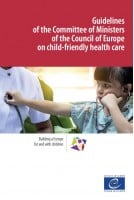
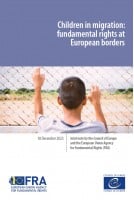
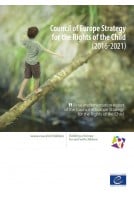
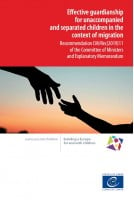
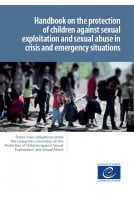
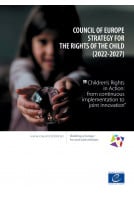
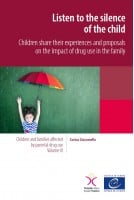

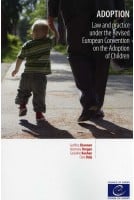
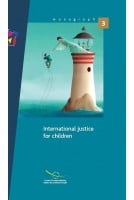

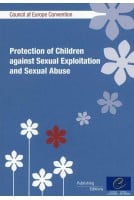
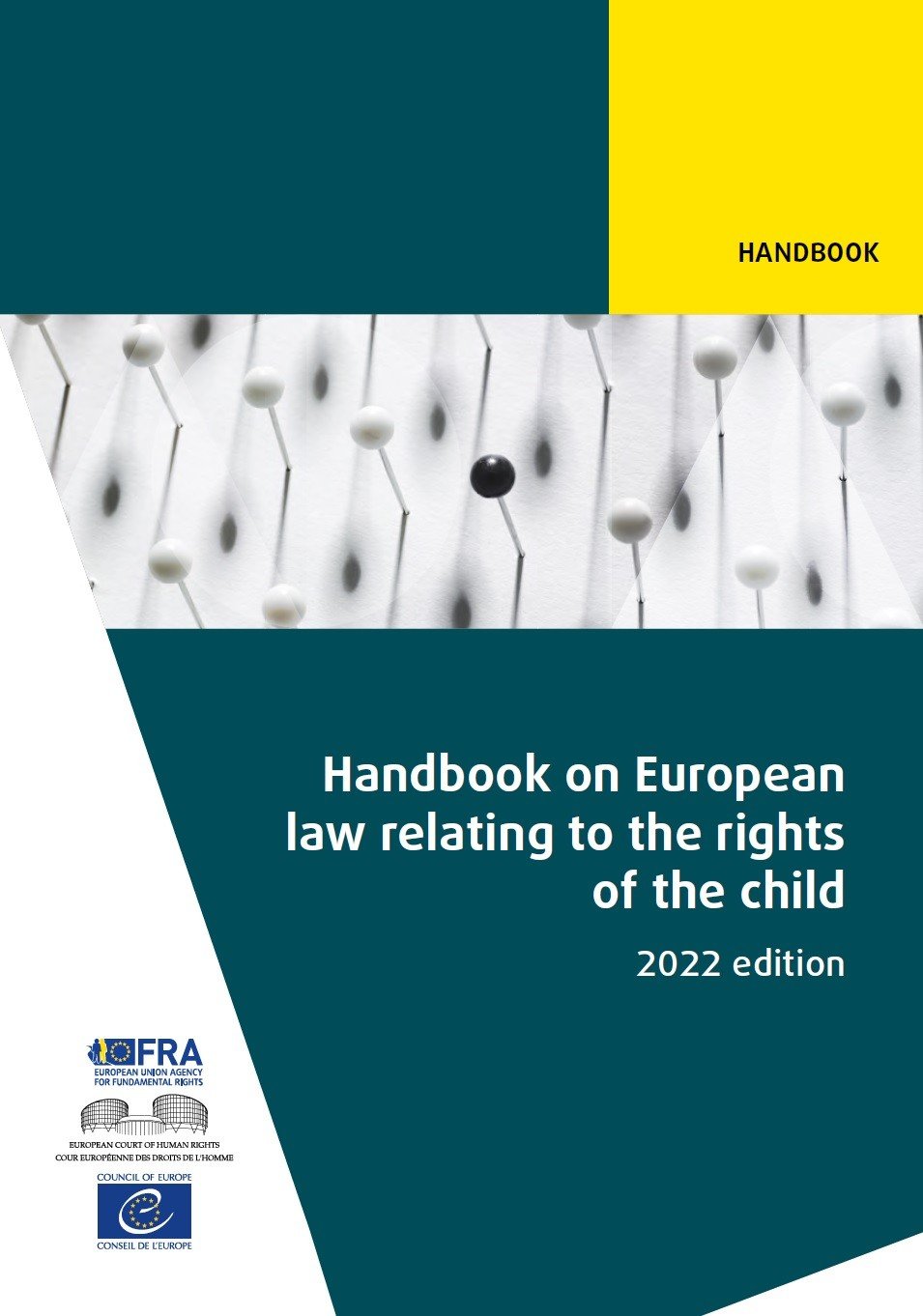
Raise awareness and improve the knowledge of the legal standards that protect and promote children’s rights in Europe are the aims of this reference handbook.
Children are full-fledged holders of rights. They are beneficiaries of all human and fundamental rights and subjects of special regulations, given their specific characteristics. This handbook aims to illustrate how European law and case law accommodate the specific interests and needs of children. It also considers the importance of parents and guardians or other legal representatives and makes reference, where appropriate, to situations in which rights and responsibilities are most prominently vested in children’s carers.
This handbook aims to raise awareness and improve knowledge of the legal standards that protect and promote children’s rights in Europe. It is a point of reference on both European Union (EU) and Council of Europe (CoE) law related to these subjects, explaining how each issue is regulated under EU law, including the Charter of Fundamental Rights of the European Union, as well as under the European Convention on Human Rights, the European Social Charter and other CoE instruments.
The handbook is designed for non-specialist legal professionals, judges, public prosecutors, child protection authorities, and other practitioners and organisations responsible for ensuring the legal protection of the rights of the child. It explains key jurisprudence, summarising major rulings of both the Court of Justice of the European Union and the European Court of Human Rights.
To order the handbook (paper version) or any other FRA publication, write to: i[email protected]
other languages
Attention, en vertu de nos conditions générales de vente, l'achat des PDF/epub est réservé aux particuliers.
